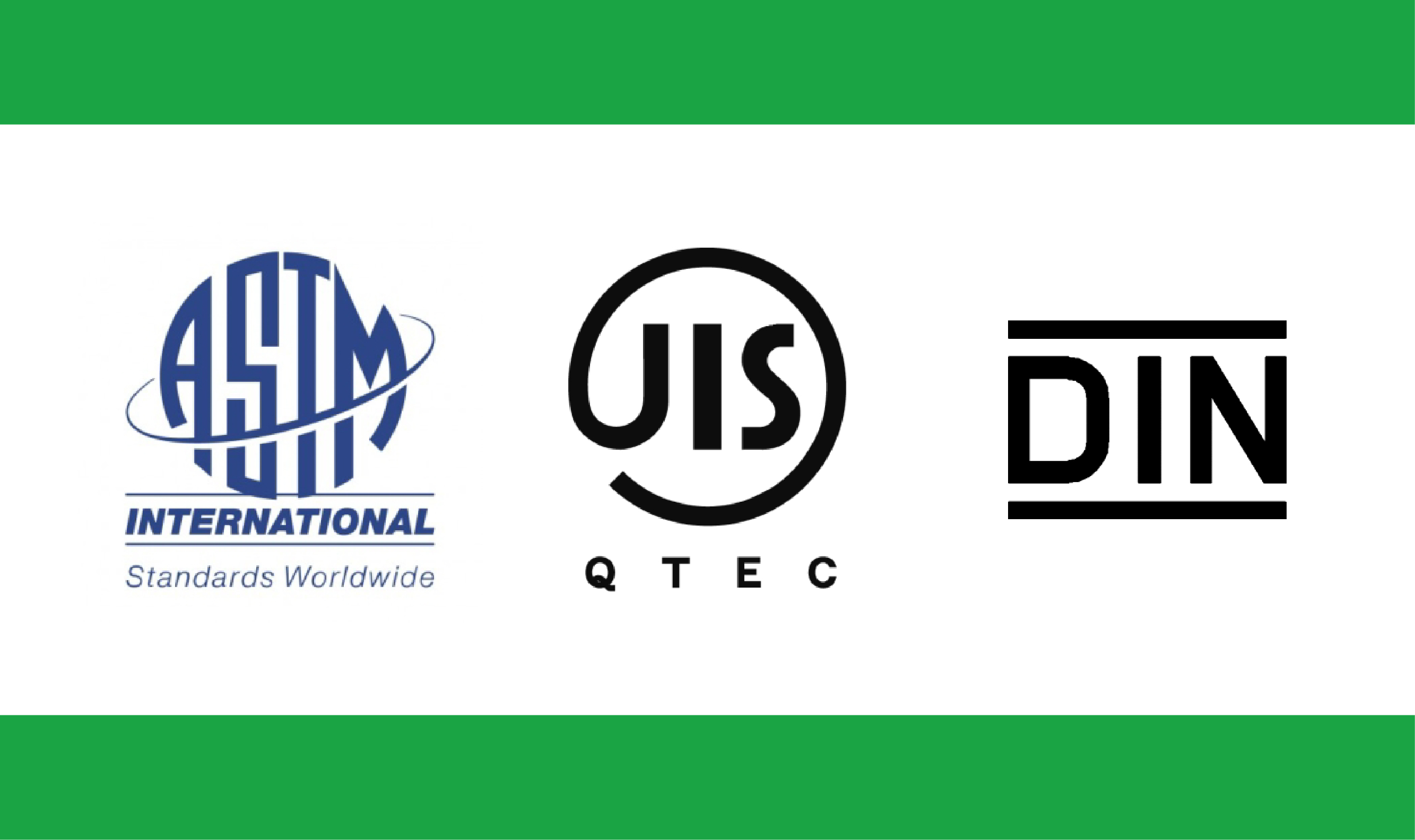Stainless steel is a superhero material—it fights rust, survives extreme temperatures, and lasts for decades. But just like superheroes have different powers, countries use different "rulebooks" called standards to define how stainless steel should be made. The three most important standards are:
ASTM (American Society for Testing and Materials) – The U.S. rulebook.
JIS (Japanese Industrial Standards) – Japan’s precision guide.
DIN (Deutsches Institut für Normung) – Germany’s engineering bible.
In this article, we'll explore how these standards work, why they differ, and how engineers use them to build everything from spoon to high-speed rail.






















